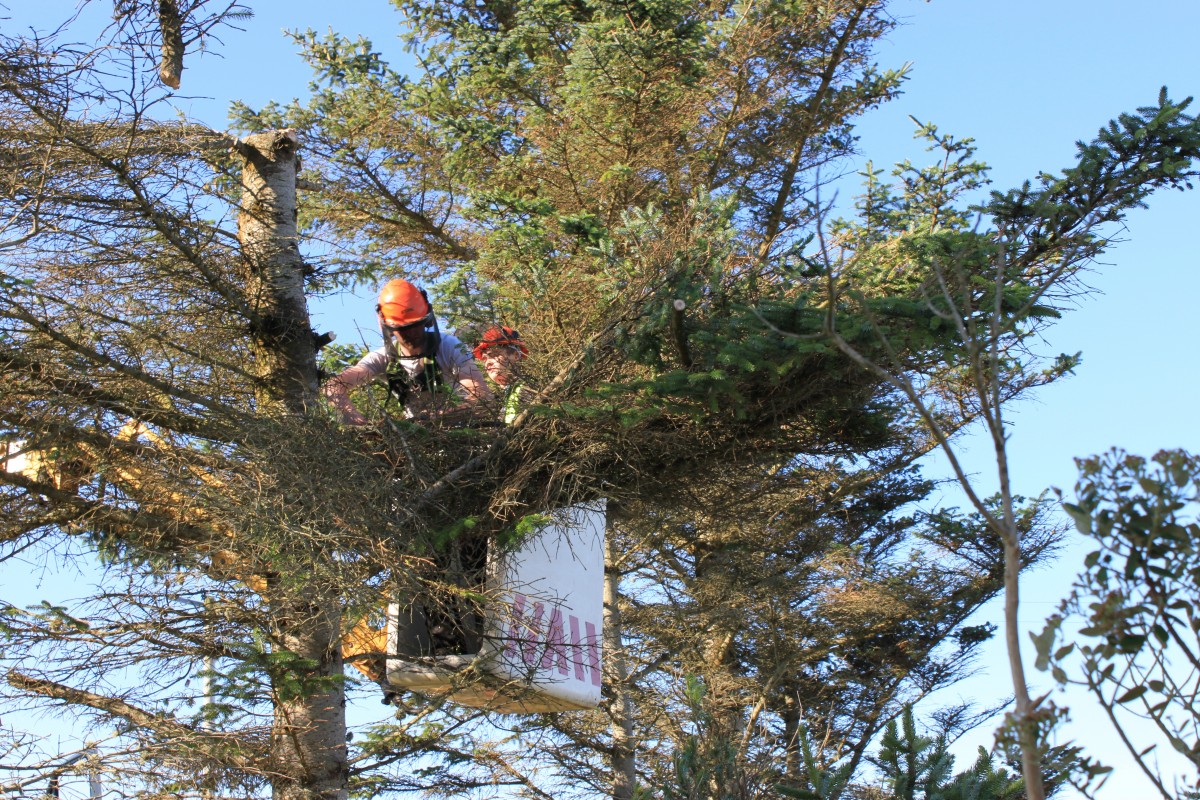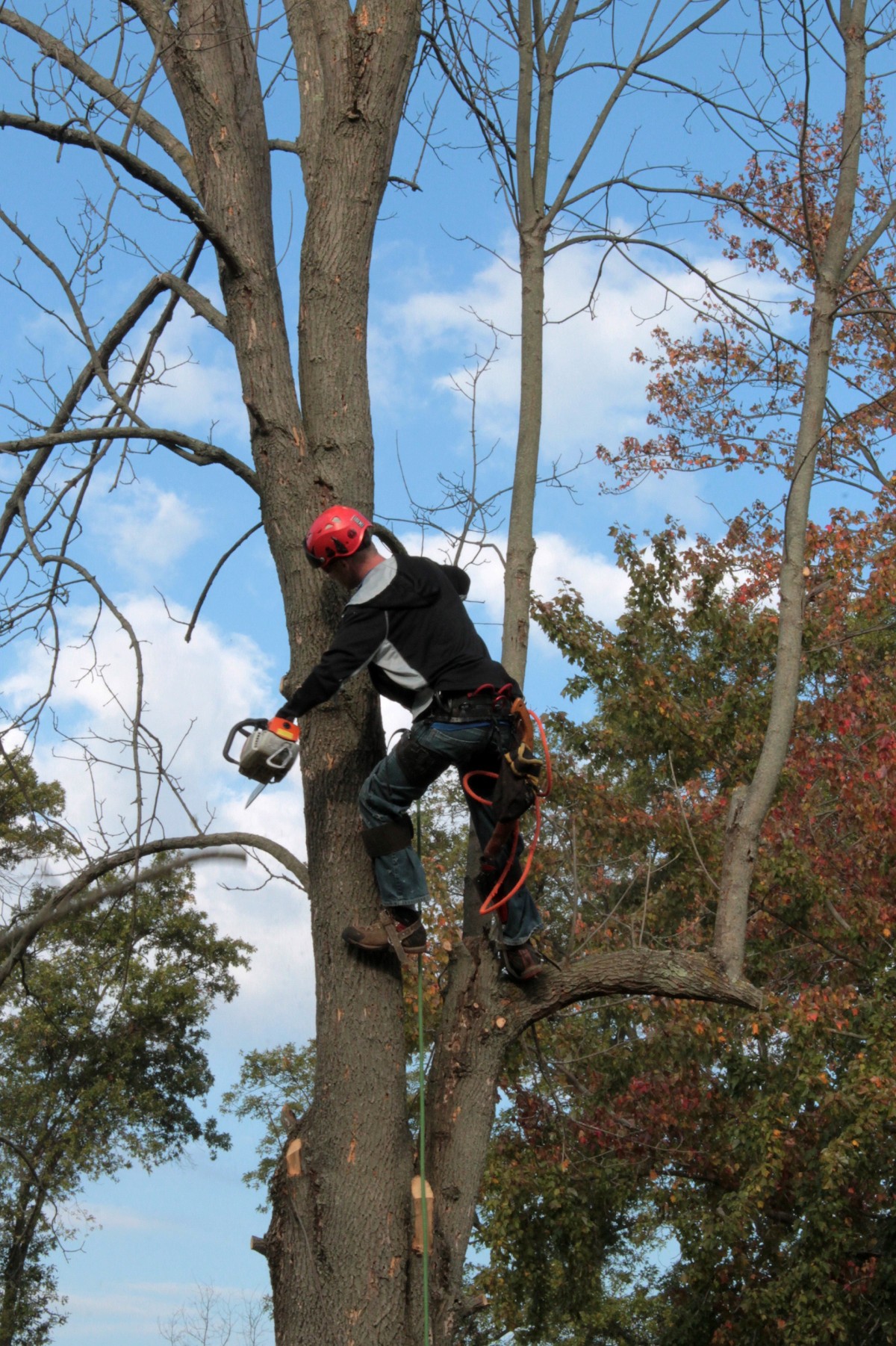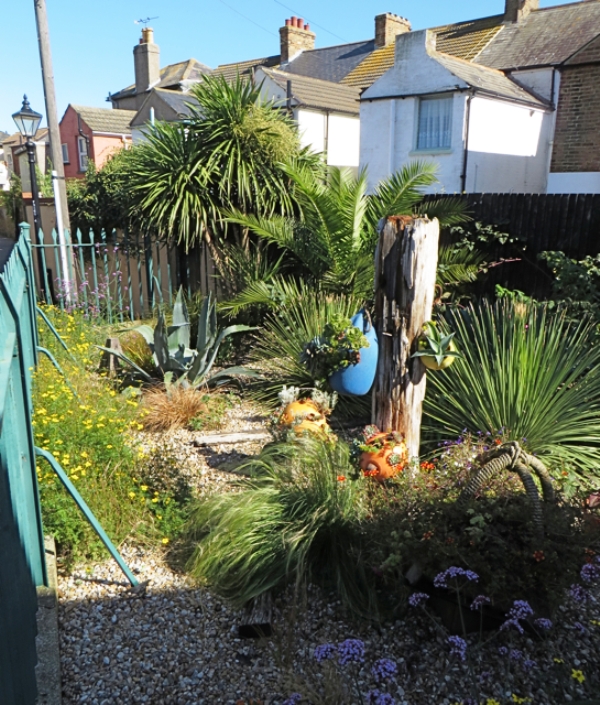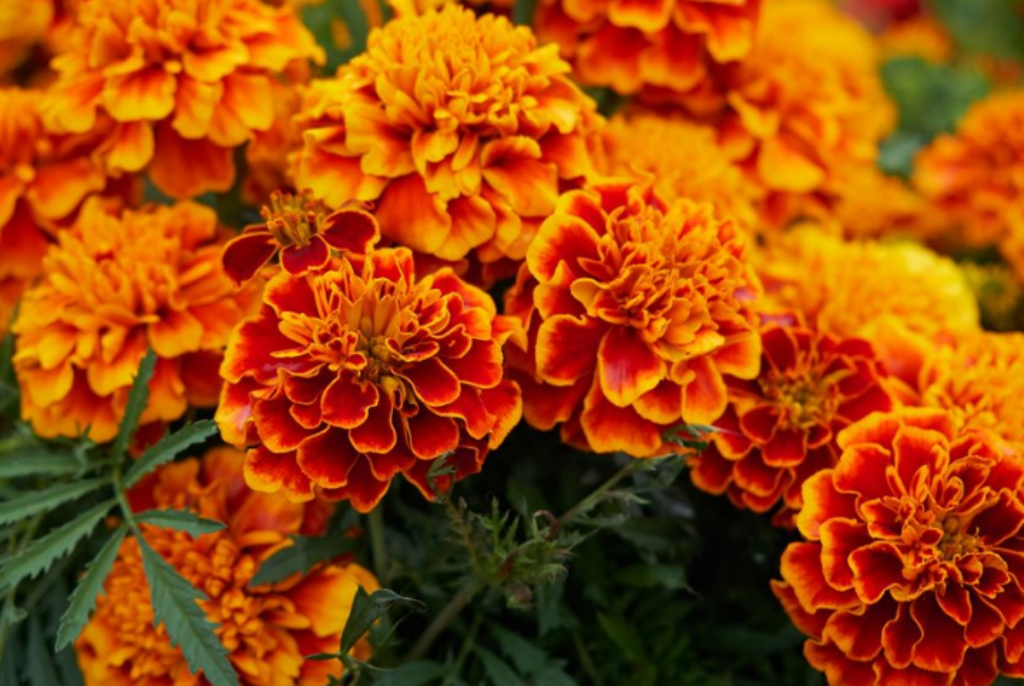3 Steps to Prune a Tree
Contents
Zoom on tree pruning
Step 1: Case 1: Cutting a branch
Step 1: Case 2: Prune a tree
Step 2: Caring for the tree after pruning: a contested practice
Step 3: Monitor your tree
A tree naturally develops a habit, its silhouette changing with its growth and environment. A tree living in a forest adopts an architecture that differs from an isolated tree’s. The common objectives are also different.
– The forest tree, generally intended to produce timber, is pruned at the trunk level to produce as few knots as possible.
– The ornamental tree planted in a park can do without pruning, whereas urban constraints often oblige this practice:
◦ gentle pruning to maintain a semi-free growth habit: reassembly of the crown, thinning, and control of dead wood are the primary operations to be carried out on both deciduous and coniferous trees;
◦ or architectural pruning to reduce its volume: arbour pruning, curtain or canopy pruning, ball pruning, cloud pruning, Marotte pruning… Regular pruning or “mowing”, often on an annual basis, is required.
– A tree can become cumbersome, sometimes even dangerous, when it threatens the roof or electrical cables. Pruning it to comply with regulations then becomes necessary.
– Fruit trees are also pruned to increase the fruit’s production and size: there are different ways of managing an orchard: a fruit hedge (free axis), a goblet, and a cordon…
However, pruning a tree must be done methodically so as not to traumatise it. Here are the materials and steps for pruning a tree without disturbing its development.
Please note: we are not talking about severe pruning of trees, which is carried out following a strong encumbrance or a desire to restructure the tree. The pruning will be traumatic and must be carried out and monitored by a specialist.
Focus on tree pruning
A tree’s height and width increase at the ends of its branches and take on a specific shape to the species. The growth circles visible on the section of the main branch are evidence of this. Branches and trunks continue to grow over the years.
When to prune?
There are several schools of thought about the right time to prune trees:
– Pruning in autumn allows you to do it after the leaves have fallen and before the frosts, even though frost is not a contraindication for pruning.
– Pruning in spring allows for better healing of the cuts. The latter increases the risk of falling for the pruner.
Of course, avoid the sap’s rise, i.e. the spring’s beginning.
How often should I prune?
The frequency of pruning depends on the tree’s growth and, therefore, on the species. For example:
– Lime trees, plane trees, ginkgo Biloba, chestnut trees and others are characterised by their rapid growth.
– In contrast, cedar, beech and hornbeam grow slowly.
However, this frequency is strongly dependent on the age of the tree. For this reason, it is usual to remember the following:
– every 2 years until the age of 10 years;
– every 4 to 5 years for trees between 10 and 20 years old;
– every 10 years after 20 years of age.
Good to know: a mayor can fine a person for not respecting HIS obligation to prune and maintain trees and hedges overlooking the public highway or the public domain.
Step 1: Case 1. Cutting a branch
The double-notch technique lets you see a large branch without tearing off a piece of bark. The cut will be neat and clean, and the saw will not get stuck under the branch’s weight.
Tip: Don’t take any risks, and don’t climb the tree. Walk carefully up the ladder.
A first cut away from the trunk is followed by a second one that cuts the remaining stump.
First, over a good third of the section, cut the branch 20 cm from the trunk (or the supporting branch) using a pruning saw or chainsaw (depending on the branch size).
The first cut releases the compression energy, and the second release the tension in the wood fibres: the branch breaks, leaving only a stump.
– Saw the branch from above but a few centimetres away from the first one and away from the trunk.
– Cut the remaining stump cleanly and quietly by tilting the cut slightly.
Caution: special care must be taken when cutting large branches. Tye up each branch before cutting it, as this helps to cushion its fall and guide it. Two people are required to carry out these operations.
Step 1: Case 2. Pruning a tree

Here are some guidelines to help you prune your trees without endangering them:
– First, remove broken or dead branches and branches that are dangerous, such as embedded bark.
– Remove misaligned branches.
– Also remove suckers (which develop from a root) and suckers (which sprout from the base of the trunk).
– Cut off excess branches and branches that are crossing each other (Tree Trimming).
– Improve the aeration of the crown as much as possible to increase light penetration.
– Try reducing the crown size concurrently to help the tree adjust to its surroundings and the volume of space available for growth across the seasons, as this will also minimise the wind load.
– Try to change the tree’s natural shape as little as possible.
Step 2. Care for the tree after pruning: a contested practice
It is customary to apply tar, resin or wax-based sealant during significant cuts to the most prominent sections. However, scientists are now questioning this approach because this layer tends to raise warmth and humidity, promoting the growth of microorganisms. On the other hand, the tree already has abundant micro-flora in the compartments of its wood, which can become virulent in the event of a wound or stress.
The spores of wood-eating fungi often affect large wounds but do not appear on the surface of the trunk until several years after pruning. They damage the tree’s strength by digesting the central wood (lignin, cellulose or both). Wood decay is related to the diameter of the cuts, and the species: lime, cherry and poplar are more susceptible.
However, the action of healing agents is recommended in orchards to combat certain diseases, such as lead disease in stone fruit trees. It is then systematically applied to wounds of 2 cm and more. However, the best protection is to avoid pruning when the fungus spreads its spores, i.e. in autumn for this disease. The application of an antiseptic slurry on the wounds of healthy plane trees is also recommended to fight against the plane tree canker.
Step 3. Monitor your tree
Certain situations or trees require monitoring or emergency intervention. In the event of solid gales, dead branches fall. Regular pruning can prevent such falls. Be aware that evergreens are generally weakened in winter as their foliage continues to offer a grip to the wind. Some deciduous trees are wood that is not very resistant, such as willow and ash, unlike oak, hornbeam and fruit trees. Severe felling traumatises the tree, and in response, the branches may not anchor with the same depth, thus weakening the branch.
Note: if there is an imminent risk, call in a specialist company. These professionals have the appropriate equipment and provide all the necessary safety measures.
Equipment for pruning a tree
Branch cutters
Double ladder
Thick protective gloves
Healing putty
Pruning saw
Pruning shears
Spatula
Chainsaw



